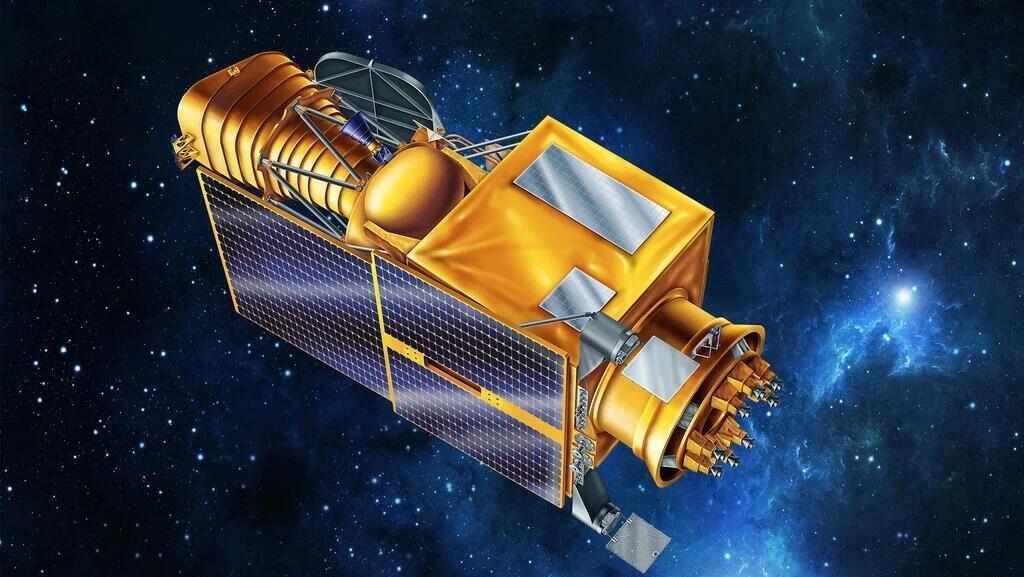
Israel’s first space telescope to be launched by NASA in 2026
ULTRASAT, an ultraviolet observatory led by the Israel Space Agency and Weizmann Institute of Science, will investigate the secrets of short-duration events in the universe, such as supernova explosions and mergers of neutron stars
NASA announced on Tuesday that it will launch Israel’s first space telescope mission, the Ultraviolet Transient Astronomy Satellite (ULTRASAT). As an ultraviolet observatory with a large field of view, ULTRASAT will investigate the secrets of short-duration events in the universe, such as supernova explosions and mergers of neutron stars.
Led by the Israel Space Agency and Weizmann Institute of Science, ULTRASAT is planned for launch into geostationary orbit around Earth in early 2026. In addition to providing the launch service, NASA will also participate in the mission’s science program.
ULTRASAT’s wide field of view will allow it to quickly discover and capture ultraviolet light from sources in the cosmos that change on short timescales. Researchers will combine its observations of these short-term events with information from a variety of other missions, including those studying gravitational waves and particles – a field known as time domain and multimessenger astronomy. The results will shed light on the workings of everything from black holes and gravitational wave sources to supernovae and active galaxies.
"Groundbreaking science calls for cutting-edge technology,” said Uri Oron, director of the Israel Space Agency in the Ministry of Innovation, Science, and Technology. “Our requirements from ULTRASAT, such as a wide field of view, advanced ultraviolet sensitivity, and real-time data control and transfer are at the forefront of technological developments. Israel’s space industry can deliver these capabilities. The Israel Space Agency is proud of the cooperation with NASA as a direct example of the strong partnership between the agencies, and of the Israeli space industry's technological effort involved in the development of the telescope."
Related articles:
Through the agreement between NASA and the Israel Space Agency, NASA will provide the launch opportunity, Flight Payload Adapter, and other launch-related responsibilities for ULTRASAT. The Israel Space Agency will deliver the completed observatory to NASA’s Kennedy Space Center in Florida for launch.
“This is a breakthrough project that places Israel at the forefront of global research,” said Eli Waxman, an astrophysicist at the Weizmann Institute of Science and ULTRASAT’s head researcher. “Leading international bodies such as NASA and the DESY research institute have joined this Israeli-led project as partners, having recognized its scientific significance. They are investing considerable resources in the construction and launch of the satellite to become active participants in this mission with access to its scientific products. It’s a science-driven partnership.”